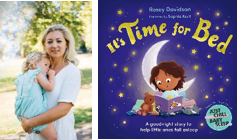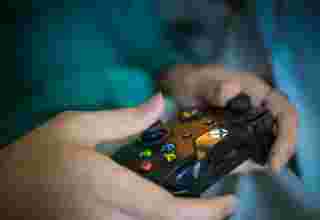Why nutritional information on children’s products could be misleading
- Are food labels misleading when it comes to children’s portions?
- Despite many foods and drinks being marketed towards children rather than adults, their nutritional information is based on the calorie intake of an adult female
- NHS guidelines recommend much less for those aged between seven and 10
- mydentist hopes to raise awareness of this discrepancy and encourages parents to be vigilant when out shopping

Do you closely examine the nutritional information on your own food and adjust your intake accordingly? What about the food and drink that you give to your children?
Following the childhood obesity concerns expressed throughout the year, Europe’s largest dental treatment provider, mydentist, is campaigning to raise awareness that despite many products being aimed at and marketed towards those of a younger age, the nutritional information on the packet is actually based on the daily recommended allowance for adult women.
A reported quoted by the NHS in 2011 actually recommends that younger children consume much less than the guidelines currently stated on food and drinks.
Are labels on children’s food and drink misrepresentative?
Although intended as a guideline, for those aged seven years old, the recommended daily calorie allowance is 1,649 kcal for a boy and 1,530 kcal for a girl. This rises to 2,032 for a boy aged 10 and 1,936 for a girl.
Consuming too many calories can have a detrimental impact on a child’s overall health, as well as their oral health if too much sugar is being consumed.
According to the NHS, reference intakes listed on food labels are based on an average-sized woman who does an average amount of physical activity unless it is stated otherwise. This equates to 2,000 calories a day.
This means that despite the food itself being targeted at children of a school age, the nutritional information is misleading.
Many of these foods and drinks will be placed in children’s lunchboxes on a daily basis, but should they be more closely monitored, or indeed, should the nutritional information be altered altogether?
Steve Williams, Clinical Services Director at mydentist, gives his advice:
“Ultimately it is down to the education of the parents. It is likely that many were not even aware that foods they were regularly giving to their children were based on the calorific intake of an adult. But does it then become even harder for parents to provide a good meal for their child if they are constantly calculating calories and sugar intake?
“Just like with an adult, it can be difficult to judge how many calories a child should be consuming. Children can be very active, which obviously leads to burning more calories, but it doesn’t necessarily mean that they should be eating whatever they want. I believe that the important thing to bear in mind is that children are being given the correct kind of calories to eat for their all-round health – as difficult as that may be sometimes! This includes healthy meals, with plenty of fruits, vegetables and proteins, rather than empty calories that come from sweets and chocolate. This will give them a burst of energy for a while, but it can have long-term implications on their oral health as well as their general health. Our dentists regularly see the impact that too much sugar has on the oral health or children and adults, and it can so easily be avoided.”
mydentist is the largest provider of dental care in Europe, with a network of more than 670 practices all committed to delivering high-quality and innovative dental and orthodontic treatments.



















